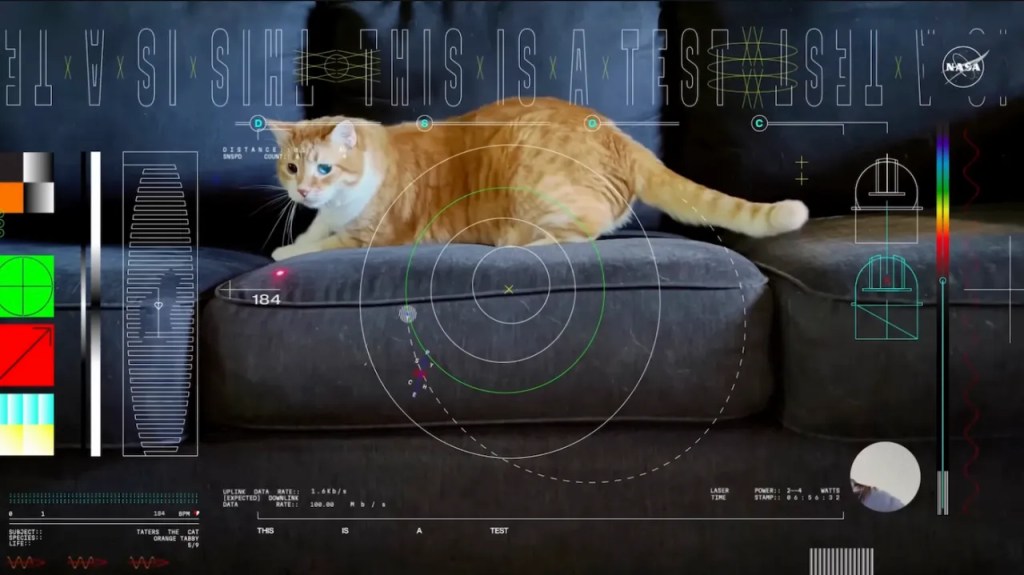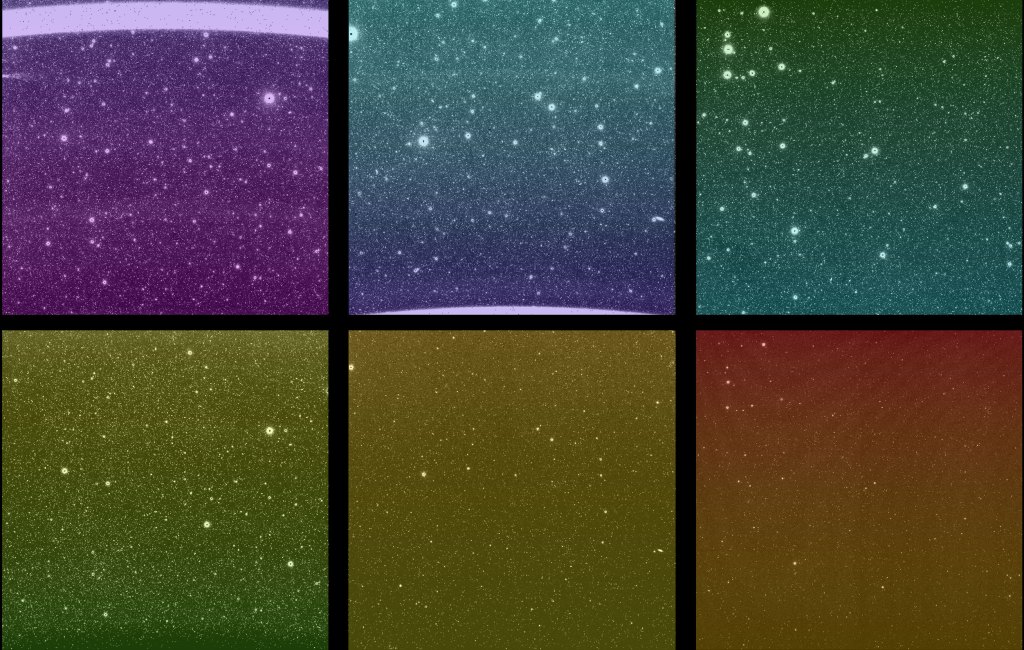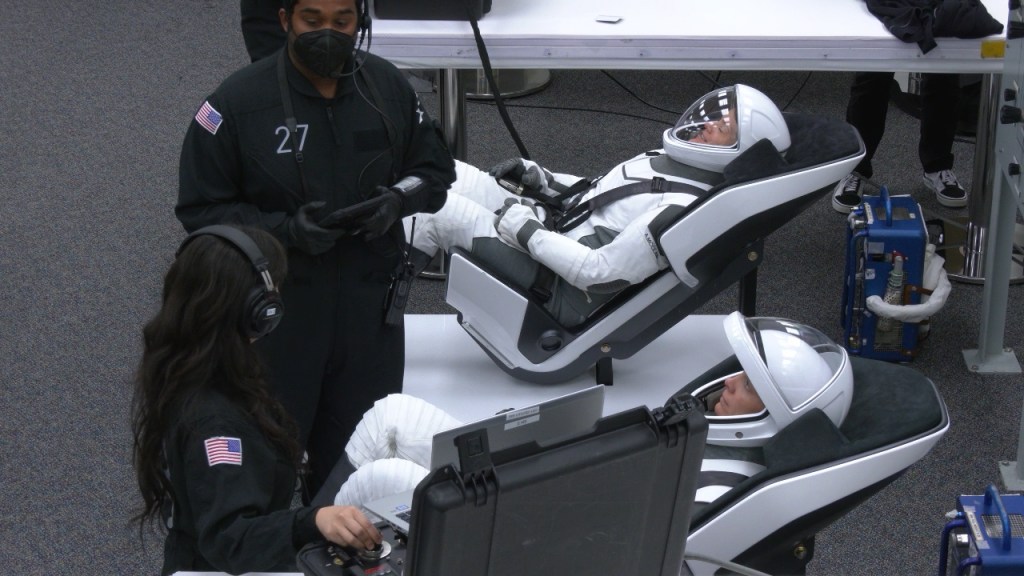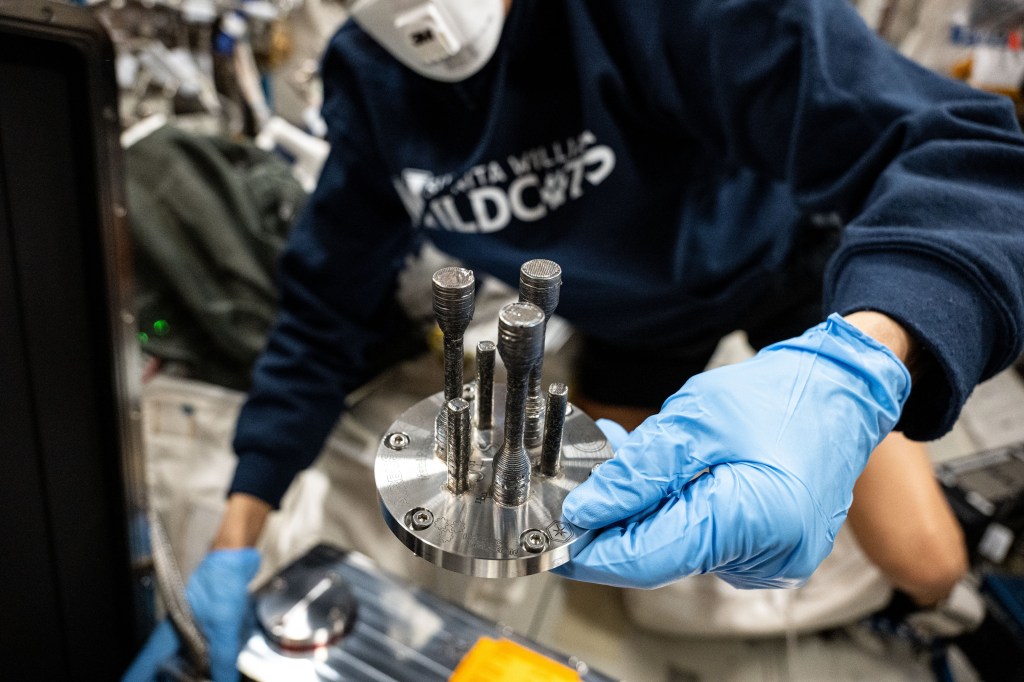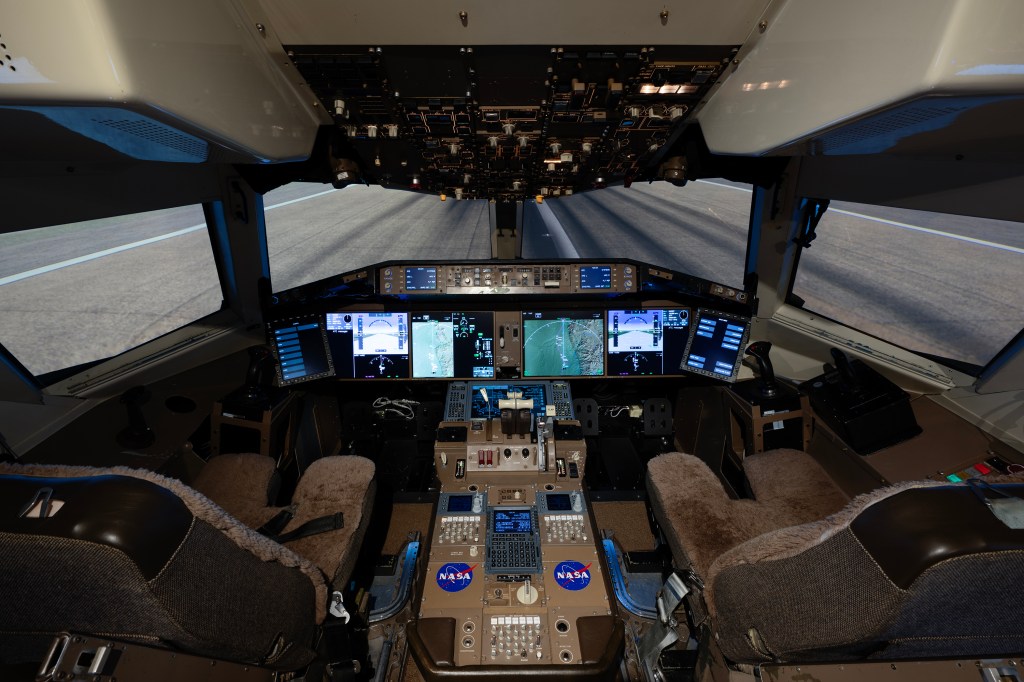Tuesday, Feb. 25, 2003 – 6:30 p.m. CST
Lyndon B. Johnson Space Center, Houston, Texas
The investigation into the loss of Space Shuttle Columbia is increasing in depth as well as breadth, retired Adm. Harold W. “Hal” Gehman, chairman of the Columbia Accident Investigation Board, said this afternoon. “Our commitment and resolve to get to the bottom of this is undiminished.”
Gehman and three other members of the CAIB, Air Force Brig. Gen. Duane W. Deal, Air Force Maj. Gen. Kenneth W. Hess and NASA Ames Research Center director Scott Hubbard, spoke at a news conference at Johnson Space Center.
Gehman showed photos of a piece of Columbia heat-resistant tile found near Powell, Texas, southeast of Dallas. The tile had grooves in the ends of its bottom side and orange-colored deposits on its outward-facing surface. Gehman said the tile had sustained extreme heat damage. “This is not re-entry heat damage,” he said. It remains to be determined, he added, how the damage to the tile occurred, as well as when and how the orange material was deposited.
He also talked about the western-most find of Shuttle debris to date, a piece of tile found about 40 miles northwest of Lubbock, Texas. He said the tile is believed to be from the upper surface of the left wing, near its attachment to the fuselage.
Deal, part of a group looking at material, maintenance and management issues for the board, said the CAIB is looking for a cause, in part through a process of elimination. “Our duty is to examine everything objectively,” he said.
Board members were asked about the object observed on radar moving away from the orbiting Shuttle on Jan. 17 and re-entering the atmosphere three days later over the South Pacific. Board members described it as a lightweight material, about 1 foot by 1 foot in size. An extensive analysis of radar data that began after the Columbia accident led to the discovery of the object on Feb. 6. That analysis is continuing in an effort to determine the identity of the object.
Hess said the board would compare STS-107 with other Columbia re-entries. He said some commanders have reported wing roughness, while others didn’t notice. Gehman said the board is looking carefully at weather at re-entry on Feb. 1, which he said was “in general, a particularly calm and benign environment.”
In response to a question, Gehman said the board is looking very carefully, “from a dozen points of view,” at the three Boeing analyses of possible tile damage from foam insulation from the external tank. No conclusions have been reached, he said.
“The data and twisted metal are speaking to us,” Hubbard said. “We’re just developing ears to hear.”
Gehman said debris continues to come in, and continues to be very important to the investigation. In terms of weight, approximately 10 percent of the orbiter has been recovered, he said.
Texas weather Tuesday hampered the search for debris as rain and cold temperatures swept through the area. Teams based in Nacogdoches and Hemphill searched throughout the day. Ice kept search teams based in Corsicana in camp Tuesday, while teams from Palestine searched for half a day.
Low ceilings at mid-day kept search aircraft on the ground. Navy dive teams at Toledo Bend Reservoir began operations about noon. More than 4,000 searchers and support personnel from 38 states were in the area Tuesday, focusing on the 10- by 240-mile area from south of Dallas to Toledo Bend. No confirmed Columbia debris has been found west of the Littlefield, Texas area.
Finds reported during the past two days include a number of Shuttle tiles, and what appeared to be a panel from the lower surface of the right wing and a piece of the lower forward fuselage of Columbia.
The effort to consolidate three search coordination field offices, Barksdale AFB, La., the Joint Reserve Base (Carswell Field), Texas and Hemphill, Texas, into the main facility at Lufkin, Texas, should be completed this week.
For more information about board activities on the Internet visit the CAIB’s new website: www.caib.us

